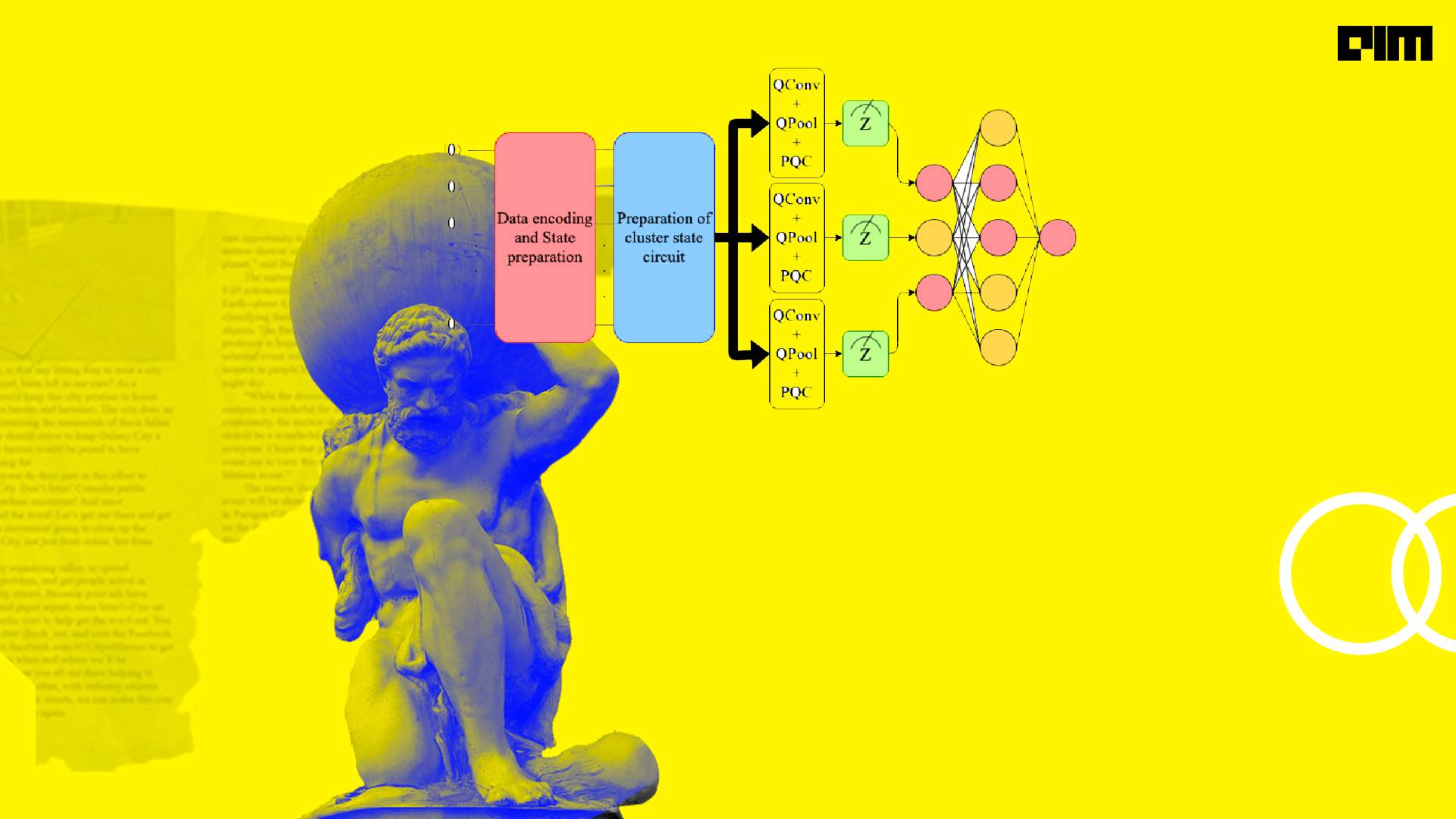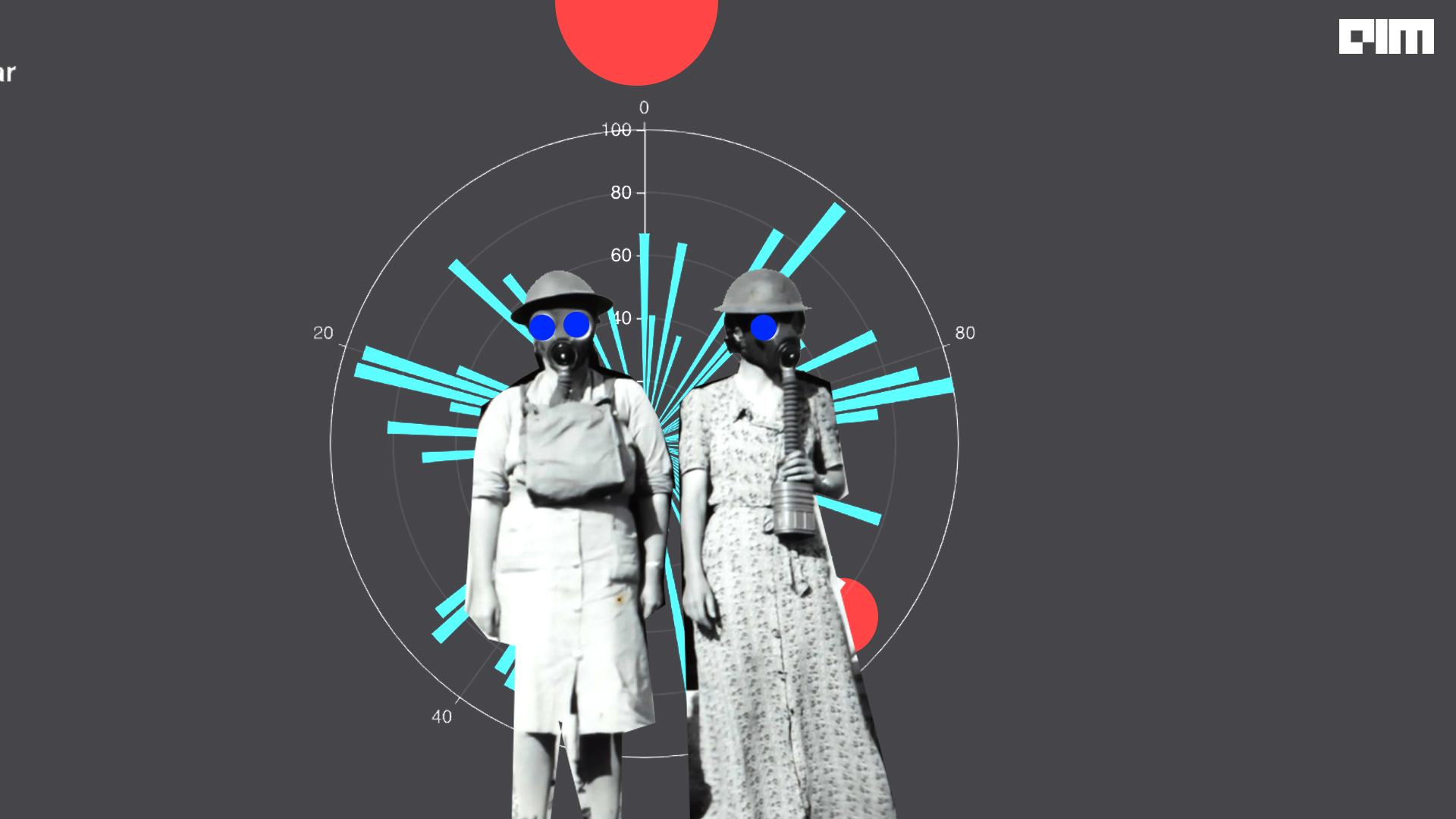Author Archives: Vijaysinh Lendave - Page 5


Declarative machine learning (ML) attempts to automate the generation of efficient execution plans from high-level ML problems or method specifications. The overriding goal is to make ML methods easy to use and/or construct, which is especially important in the context of complex applications. In this article, we will have a look into what declarative learning […]


Convolutional Neural networks (CNNs) have a large number of variables and, as a result, are difficult to implement. Various methods and techniques, such as quantization and pruning, have been developed to address the issue of CNN complexity.


The problem of assigning the most relevant subset of class labels to each document from an extremely large label collection, where the number of labels could reach hundreds of thousands or millions, is known as extreme multi-label text classification (XMTC).


Convolutional Neural Networks have the limitation that they learn inefficiently if the data or model dimension is very large.


The activity of notating, reproducing, or otherwise memorizing existing pieces of music is known as music transcription. Music transcription includes melodies, chords, basslines, entire orchestral arrangements, and other aspects.


The activity of notating, reproducing, or otherwise memorizing existing pieces of music is known as music transcription. Music transcription includes melodies, chords, basslines, entire orchestral arrangements, and other aspects.


A perceiver is a transformer that can handle non-textual data like images, sounds, and video, as well as spatial data.


PyTorch Tabular is a framework for deep learning using tabular data that aims to make it simple and accessible to both real-world applications and academics. The following are the design principles for the library:


The process of rebuilding missing areas of an image so that spectators are unable to discern that these regions have been restored is known as image inpainting.


In the context of analytics, data visualization is critical because it allows users or clients to view large amounts of data and simultaneously extract important insights that can propel the business forward.

